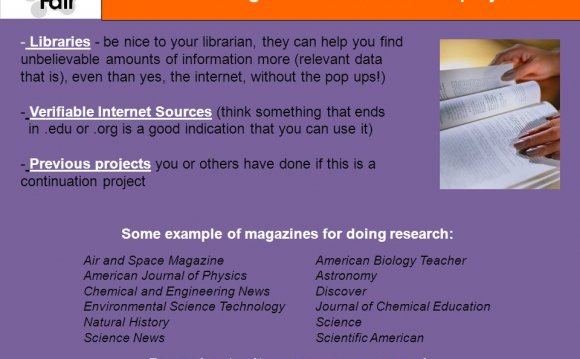
- Sublethal Concentrations of Silver Nanoparticles Stimulate Biofilm Development
Environmental Science & Technology Letters
Yang and Alvarez2015 2 (8), pp 221–226
Abstract: Although silver nanoparticles (AgNPs) are used as antimicrobial agents in a wide variety of commercial products, sublethal exposure can counterproductively promote the development of biofilms. We observed by fluorescence microscopy denser biofilm growth ...
- Water Footprint of Hydraulic Fracturing
2015 2 (10), pp 276–280
Abstract: We evaluated the overall water footprint of hydraulic fracturing of unconventional shale gas and oil throughout the United States based on integrated data from multiple database sources. We show that between 2005 and 2014, unconventional shale gas and oil ...
- Assessment of Microbial Fuel Cell Configurations and Power Densities
2015 2 (8), pp 206–214
Abstract: Different microbial electrochemical technologies are being developed for many diverse applications, including wastewater treatment, biofuel production, water desalination, remote power sources, and biosensors. Current and energy densities will always be ...
- Measurement and Modeling of U(IV) Adsorption to Metal Oxide Minerals
2015 2 (8), pp 227–232
Abstract: Chemical or biological reduction of U(VI) produces a variety of poorly soluble U(IV) species. In addition to uraninite (UO2) and biomass-associated noncrystalline U(IV), recent research has found adsorbed U(IV) species on mineral surfaces. To build on ...
- Prospects for Biological Nitrogen Removal from Anaerobic Effluents during Mainstream Wastewater Treatment
2015 2 (9), pp 234–244
Abstract: Growing interest in the anaerobic treatment of domestic wastewater requires a parallel focus on developing downstream technologies that address nitrogen pollution, especially for treatment systems located in eutrophication-impacted watersheds. Anaerobic ...
- Use of Stable Isotope Signatures to Determine Mercury Sources in the Great Lakes
2015 2 (12), pp 335–341
Abstract: Sources of mercury (Hg) in Great Lakes sediments were assessed with stable Hg isotope ratios using multicollector inductively coupled plasma mass spectrometry. An isotopic mixing model based on mass-dependent (MDF) and mass-independent fractionation (MIF) ...
RELATED VIDEO












